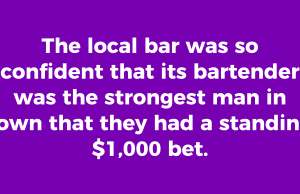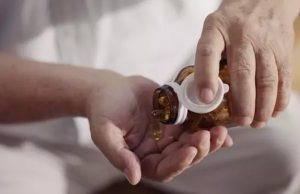
The flush that some people get after drinking alcohol is not an indication of good qi, nor will it dissipate the more alcohol the person drinks.
Known as the Alcohol Flush Syndrome, or Asian Flush, it is seen in almost 60 per cent of the respondents who were surveyed by four final-year students from the Nanyang Technological University’s (NTU) Wee Kim Wee School of Communication and Information.
Conducted with over 200 NTU students, the survey was part of the RED AF health campaign held in partnership with Singapore Cancer Society, and supported by the National Youth Council and MCCY.
The survey found that two thirds of the respondents did not know the scientific explanation behind Asian Flush or its health implications. In a press release from RED AF, Asian Flush results from the body’s inability to process alcohol due to a genetic mutation.
Owing to an enzyme deficiency, the body is not able to neutralise acetaldehyde, a cancer-causing agent converted from alcohol. When the body detects acetaldehyde in the bloodstream, the vessels dilate, creating the flush associated with drinking.
While 64.4 per cent of the respondents intended to keep to the Health Promotion Board’s (HPB) drinking guidelines, only 26.3 per cent succeeded in doing so. The HPB recommends a maximum of one alcoholic drink for women and two alcoholic beverages for men per day. Binge drinking, according to HPB guidelines, is defined as four or more standard alcoholic drinks on one occasion for women, five or more standard alcoholic drinks on one occasion for men.
However, an Asian Flusher’s threshold for binge drinking is lower than the HPB’s recommendations, according to the RED AF press release, which exposes the flusher to health issues such as peptic ulcer disease and hypertension.
Compounding the issue is the respondents’ overestimation of their drinking limits: Nearly half of them regard excessive drinking as seven standard alcoholic drinks and above.
Dr Ong Lizhen, associate consultant in the Department of Laboratory Medicine at National University Hospital, said: “Patients with the Asian Flush condition subject themselves to a higher risk of gastrointestinal cancers should they continue to consume alcohol.”
“For example, an Asian Flusher who consumes two beers a day is 10 times more likely to develop oesophageal cancer, as compared to a non-Asian Flusher who drinks the same amount,” said Dr Ong.
Flushers typically turn red in the face after one glass of beer, according to RED AF.
Source: channelnewsasia


















